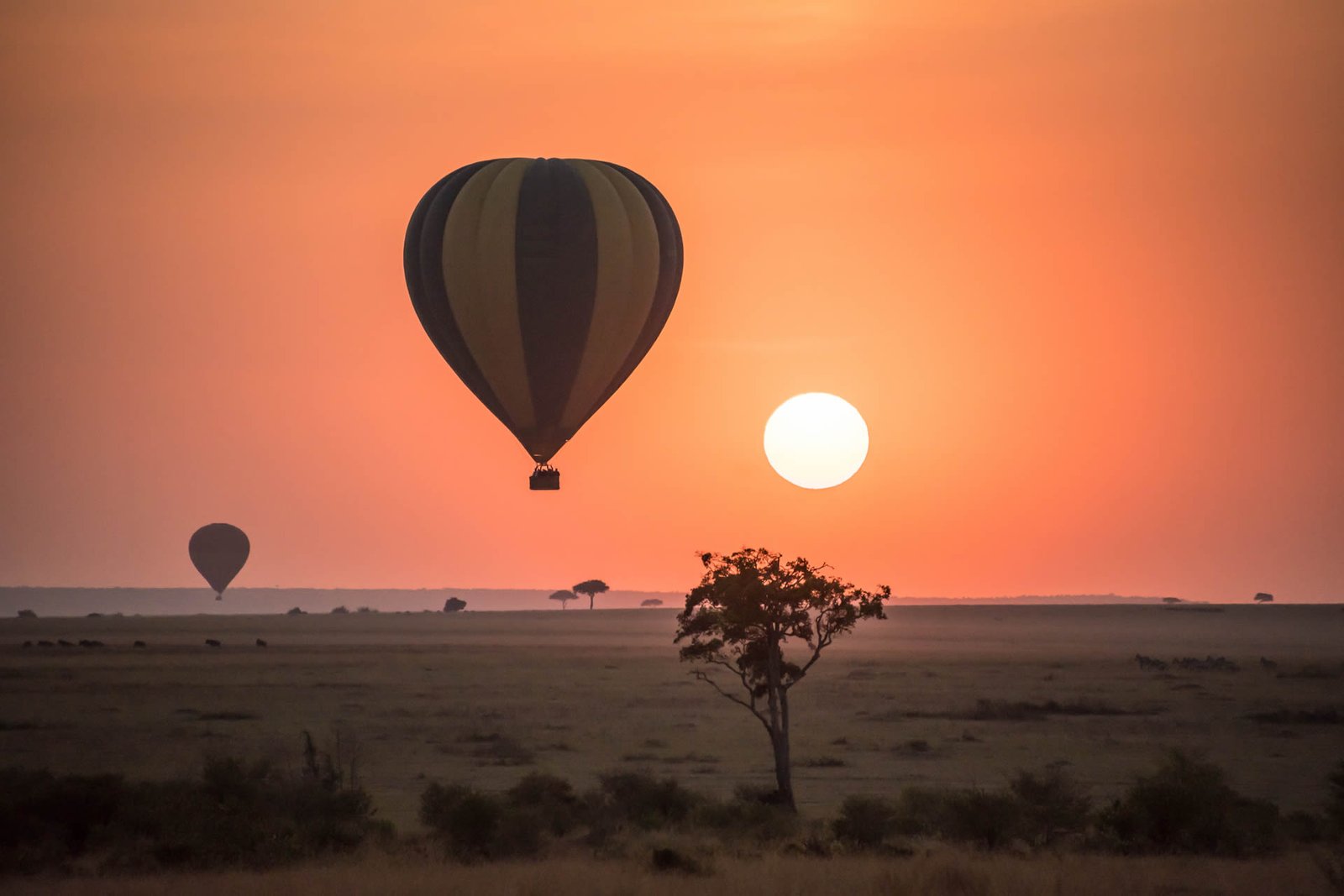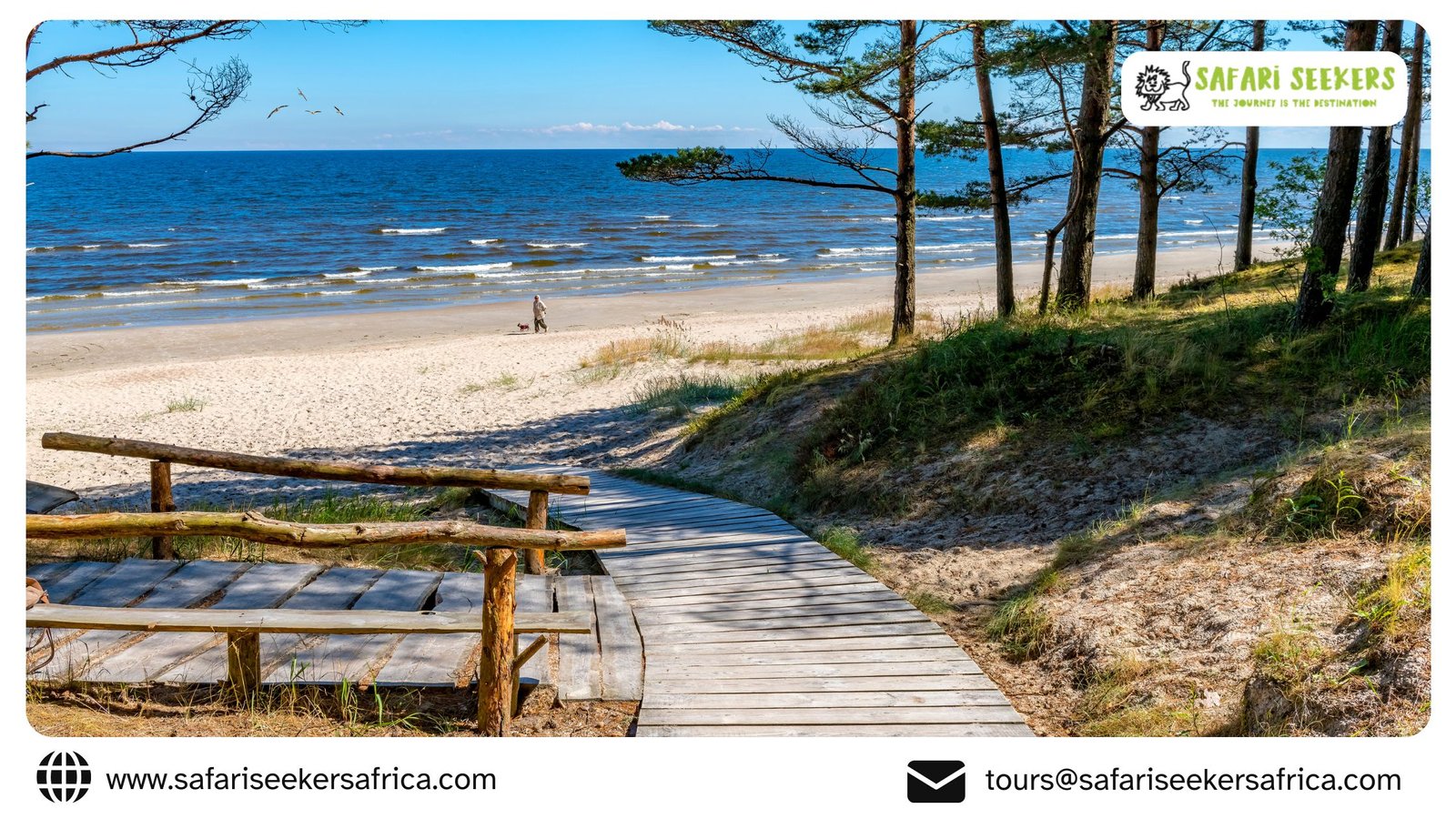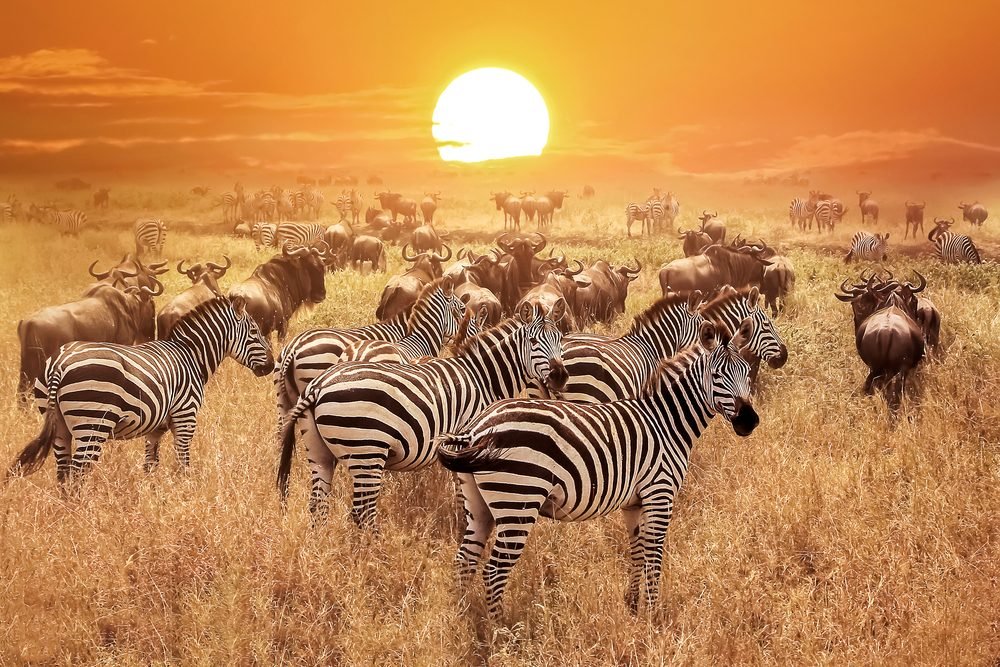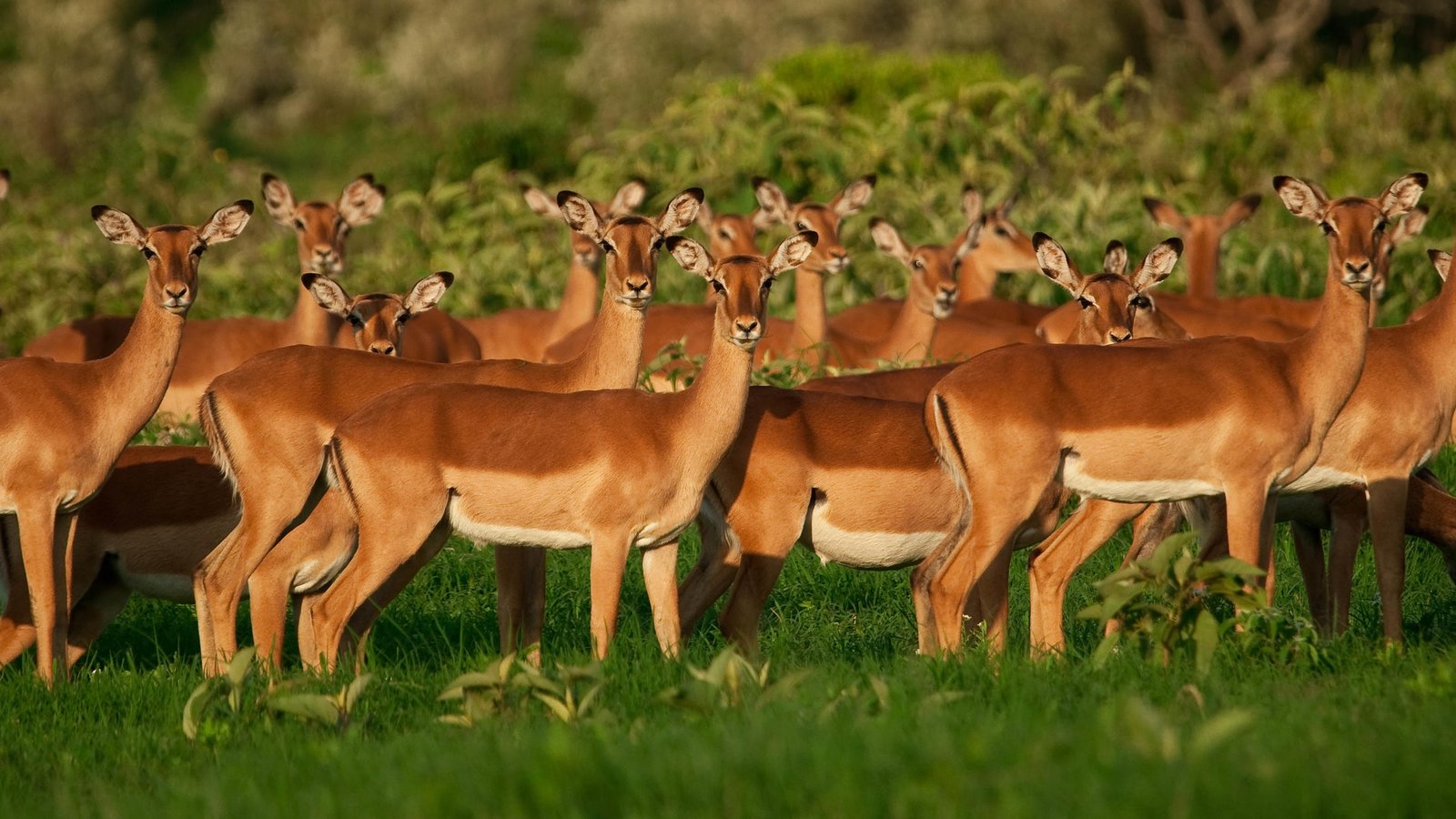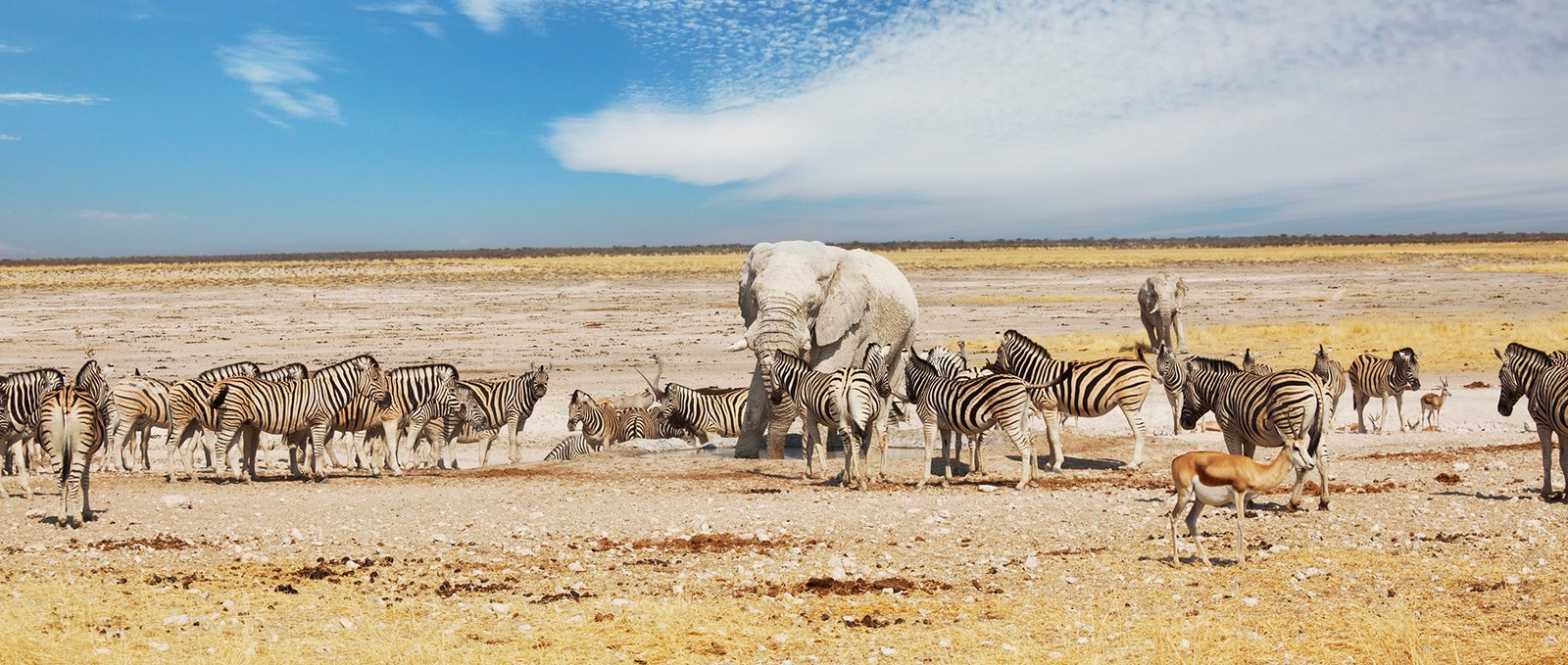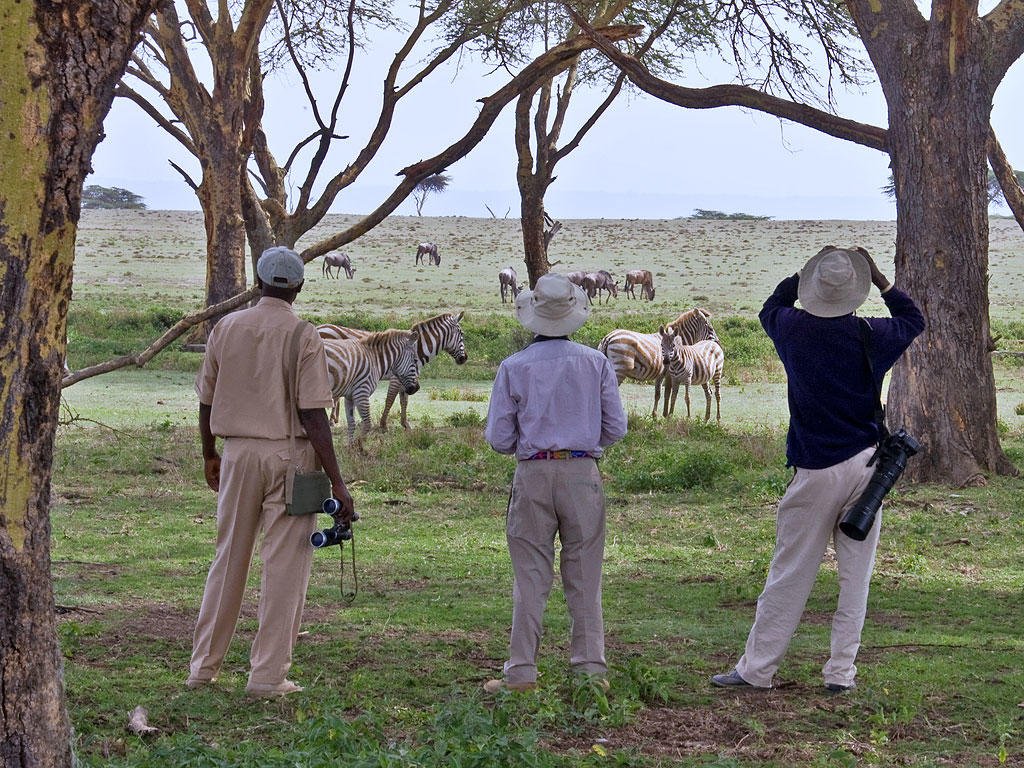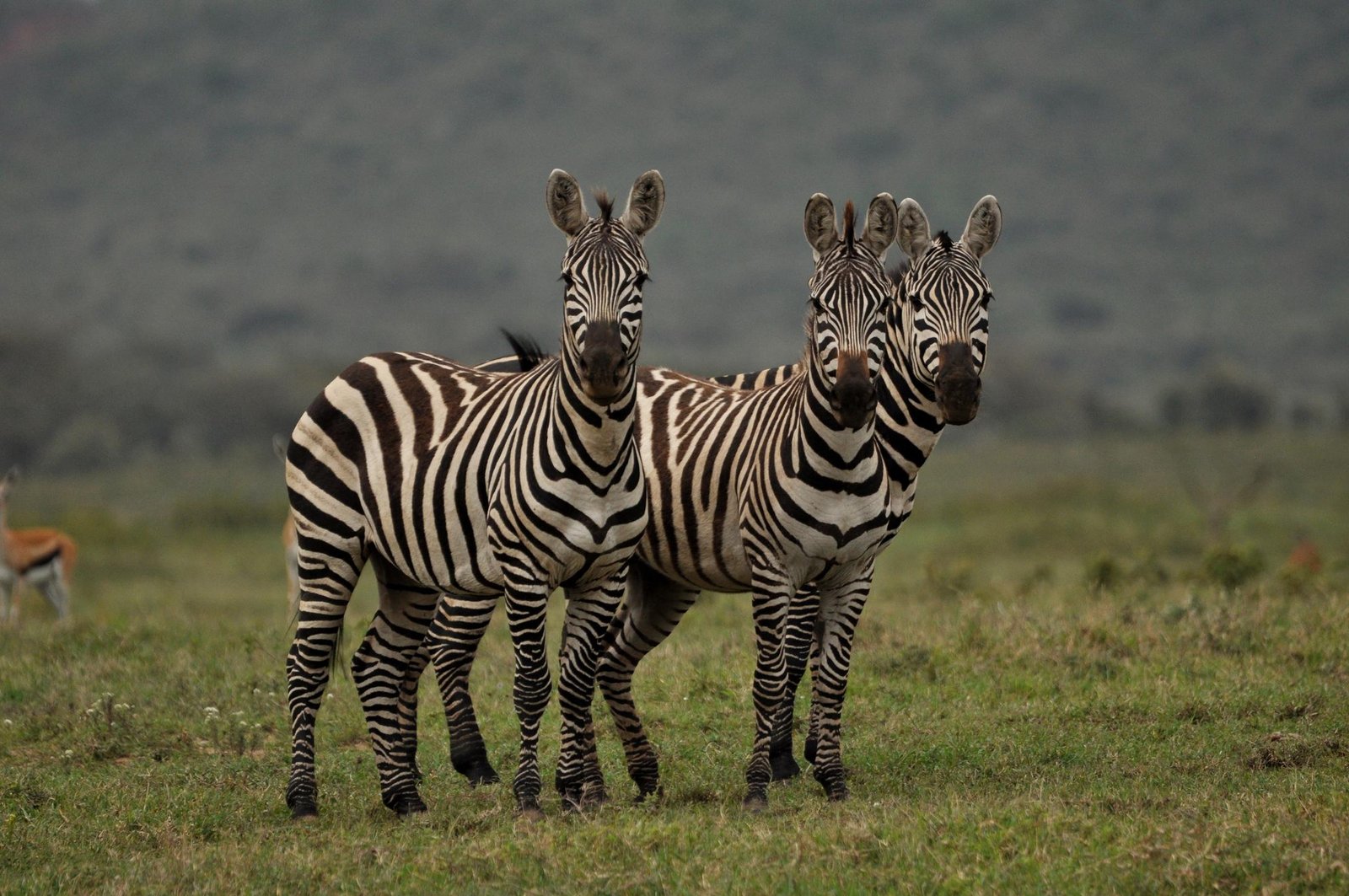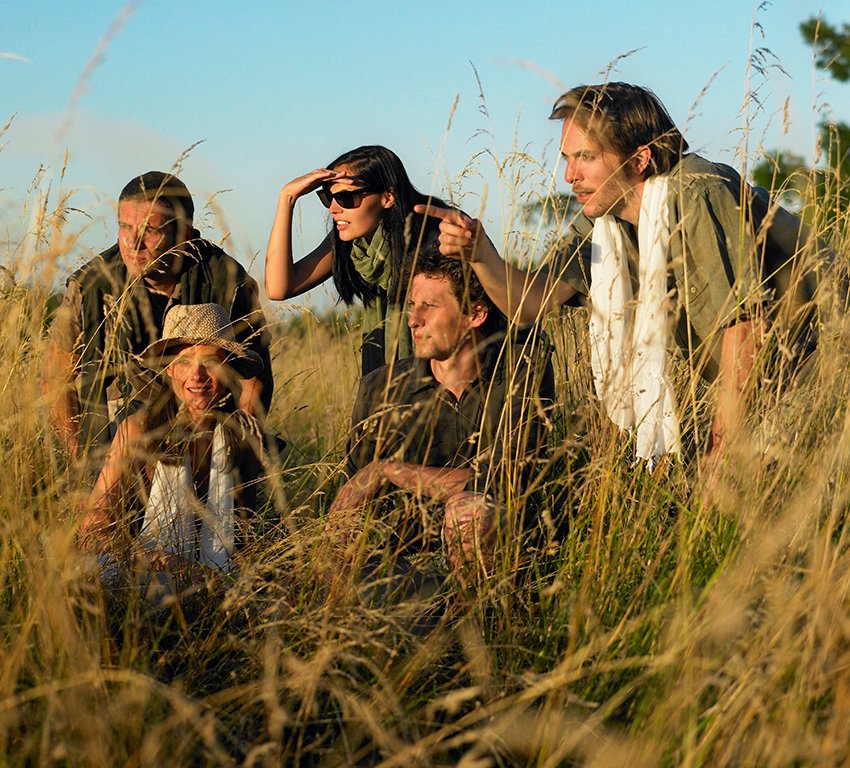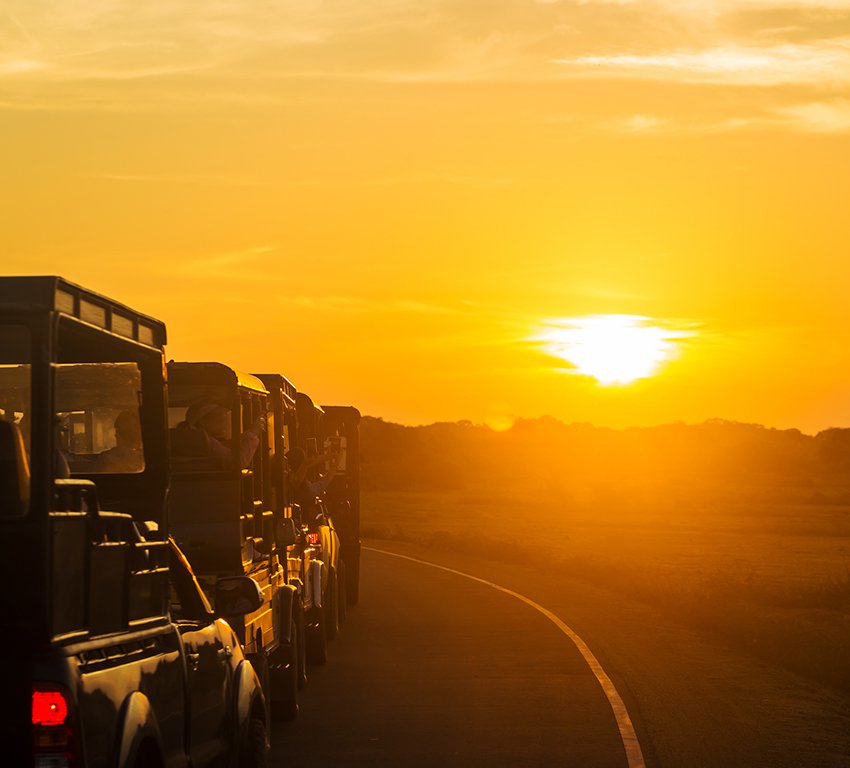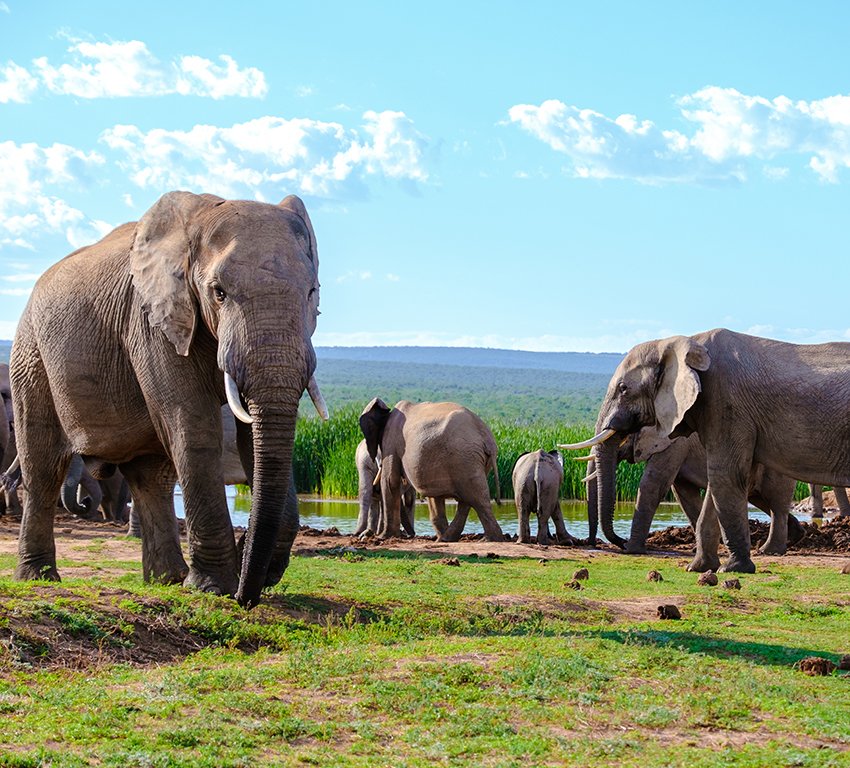Is a Serengeti Balloon Safari Worth the Experience?
The Serengeti, a natural marvel that tops the must-see lists of many travelers, is renowned for its diverse wildlife, captivating landscapes, and picturesque lakes—a true African gem! Encompassing a vast expanse of 30,000 square kilometers, there’s an abundance to explore and discover, a task that might take several visits to fully appreciate—unless, of course, you have the ultimate perspective: the sky! Enter the balloon safari in the Serengeti—an unparalleled way to witness Africa’s breathtaking vistas and magnificent creatures.
Ascending with the rising sun, you’ll gently glide through the air, following the whims of the morning breeze. As you float above, the scene unfolds before you: wildebeest herds, giraffe formations, and prides of lions traversing the Serengeti plains just meters below. In awe, you’ll take in every corner, your heart racing with adrenaline, and your exclamations of “wow” and “ohhh” capturing the overwhelming wonder. Undoubtedly, this experience is one to remember for a lifetime.

HOW DOES IT WORK?
While various hot air balloon safari companies operate in the area, it’s advisable to pre-book this sought-after activity for your Serengeti safari. Due to its weather-dependence, it’s not available year-round. The approximate cost per person ranges from $500 to $600, covering the balloon ride, a champagne toast post-landing, and a delightful bush breakfast with vegetarian/vegan options.
The price encompasses the balloon’s upkeep, pre/post-launch arrangements, launch and retrieval, as well as ground transportation. Each journey involves a licensed pilot and a dedicated team of around 20 individuals. It’s important to note that passenger weight significantly impacts safety, potentially necessitating two reservations for those over 120 kilos (265 pounds).
While it may be on the pricier side for budget-conscious travelers, if it fits your means, the indescribable feeling of soaring above the landscape is invaluable. Thus, the experience is unequivocally worth it. The commodious basket compartments accommodate 8 to 16 passengers, depending on size. Presently, the age limit is set at seven years, with children requiring adult accompaniment.
WHEN TO GO
The dry season (June to October) is optimal for a Serengeti hot air balloon safari. Some companies might operate during the rainy months (March to May), contingent upon weather conditions. Flight cancellation due to rain or wind results in a full refund, and if time permits, rescheduling is possible. This dry season is also ideal for witnessing the Great Migration, amplifying the treat of a silent float over this awe-inspiring spectacle.
WHAT TO PACK
Pack your binoculars and DSLR camera to capture the breathtaking scenes below, beyond the scope of words. Dress comfortably and layer up as the pre-flight period and the ride itself can be chilly initially, gradually warming.
WHAT TO ANTICIPATE
Pickup is at the crack of dawn, around 5 or 5:30 AM. You can indulge in a light breakfast and coffee before departing your lodge. En route to the launch site, you might spot nocturnal creatures rarely seen at other times.
Pre-launch, the pilot provides a safety briefing as the balloon inflates. The flight spans roughly an hour, ascending up to 1000 feet, revealing the grandeur of the Serengeti below. Altitude control allows flying at treetop level, enabling close observation of individual animals.
Post-flight, a champagne reception awaits, toasting to “maisha marefu,” Swahili for “long life.” A splendid bush breakfast in the heart of the Serengeti follows, culminating in what’s sure to be an exhilarating experience.
So, is a Serengeti balloon safari worth it? Absolutely! Don’t wait—reach out today and secure the chance to witness Africa’s majesty from the finest vantage point!


